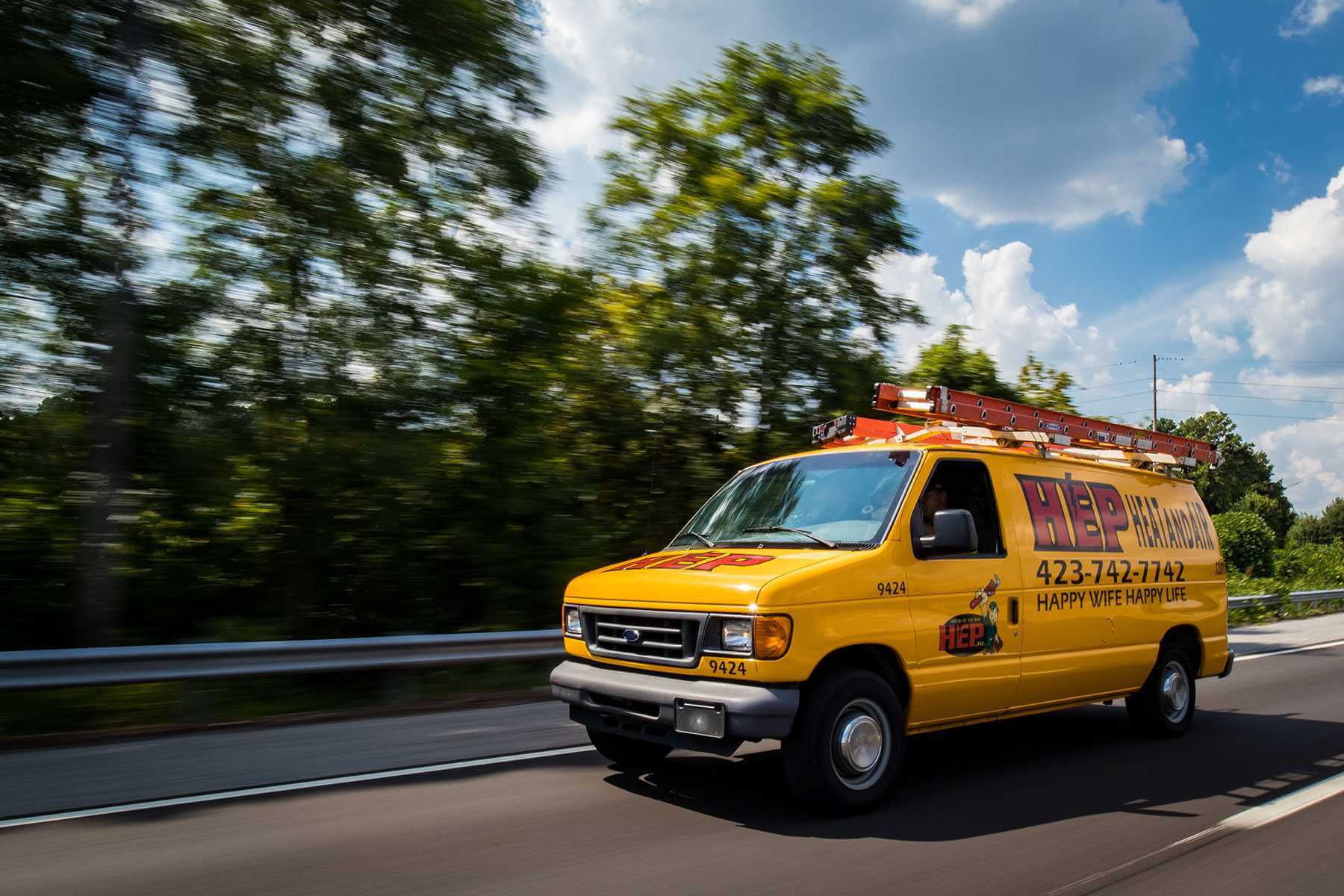

Reverse-osmosis Technology
Your trusted partner for professional home services. Quality workmanship, guaranteed satisfaction.




- HEP Plumbing
- Reverse-osmosis Technology
Reverse-osmosis Technology | Water Purification | Plumbing | New Market
Imagine turning on your tap in New Market and knowing the water flowing out is as crisp and pure as a mountain spring. HEP’s reverse-osmosis technology strips away dissolved salts, lead, chlorine, and micro-contaminants that ordinary filters miss, all while preserving the natural taste you crave. Our licensed plumbers install compact, high-capacity systems right under your sink or at the point of entry, so every glass, every pot of coffee, and every baby bottle is delivered with uncompromising clarity.
From the first call to final testing, HEP handles everything—site assessment, custom plumbing, maintenance reminders—leaving you free to enjoy true peace of mind. Join your New Market neighbors who’ve already upgraded to HEP’s superior water purification solution and feel the difference in every drop.
FAQs
How does reverse-osmosis (RO) work and why is it especially effective for New Market’s water supply?
Reverse-osmosis forces water through a semipermeable membrane whose microscopic pores (≈0.0001 µm) allow only water molecules to pass. Larger ions, dissolved salts, metals, and organic compounds are flushed away in a separate stream. New Market’s municipal and well sources tend to be moderately hard and can contain traces of iron, sulfur, and agricultural runoff. The multi-stage RO process—sediment pre-filter, carbon block, RO membrane, and post-carbon polishing—removes these local contaminants while dramatically reducing total dissolved solids (TDS), improving taste, and protecting appliances from scale.
What contaminants will your RO system remove from my water?
Independent lab tests show removal rates of 93–99 % for lead, mercury, chromium-6, arsenic, nitrate/nitrite, fluoride, PFAS ("forever chemicals"), and pharmaceutical residues. The carbon stages strip chlorine, chloramines, VOCs, pesticides, and herbicides that cause odor and taste issues, while the sediment filter traps rust, sand, and silt down to 5 µm. After treatment the water typically measures below 20 ppm TDS—well under the EPA’s secondary guideline of 500 ppm.
What is involved in installing an RO system in my New Market home?
Our licensed plumbers begin with a complimentary on-site water test and discuss whether you need an under-sink drinking system or a whole-house RO unit. For under-sink models we drill a 7⁄16-in. faucet hole (if one is not already available), tap the cold-water line using a saddle or angle-stop valve, and run a ¼-in. drain saddle to the sink’s tailpiece. The compact storage tank and filter manifold fit inside most 24-in. base cabinets. Installation takes 2–3 hours and does not require structural changes. Whole-house systems are plumbed at the main entry point, typically in the garage or utility room, and may require a 110 V outlet and floor drain.
How often do I need to change filters and perform maintenance?
Maintenance is straightforward: 1) Sediment and carbon pre-filters—every 6–12 months depending on water quality and usage. 2) RO membrane—every 24–36 months; we monitor rejection rate to know when it’s time. 3) Post-carbon “polisher” filter—annually for best taste. Once a year we sanitize the storage tank, inspect O-rings, and check for leaks. A full service visit generally costs less than a year’s supply of bottled water for a family of four, and we offer reminder alerts or hassle-free service plans.
Does RO waste a lot of water? Is it environmentally friendly?
Conventional RO systems send 3–4 gallons of brine to the drain for every gallon of purified water. Our latest units use high-efficiency membranes and optional permeate pumps to cut that ratio to as low as 1:1—about the same water a dishwasher uses per cycle. You can route the reject water to a garden, sump, or gray-water holding tank for non-potable reuse. When you compare the carbon footprint of bottled water (plastic production, transportation, disposal) an in-home RO system is typically 80–90 % less impactful over its lifetime.
What does a residential RO system cost and are there incentives for New Market residents?
An under-sink five-stage RO system runs $375–$650 depending on capacity; professional installation averages $150–$250. Annual filter sets cost $45–$90, and membranes $70–$110 every few years. Whole-house RO packages begin around $2,200 installed. We offer 0 %-interest financing for 12 months and bundle discounts on softener/UV combos. Jefferson County’s utility district currently offers a $50 credit for customers who submit a water-quality improvement receipt, and many homeowner-insurance policies give small rate breaks for plumbing upgrades that reduce corrosion. Ask our team for current promotions and rebates.